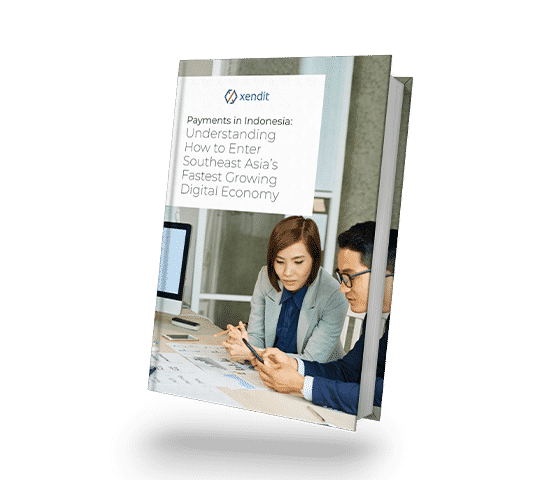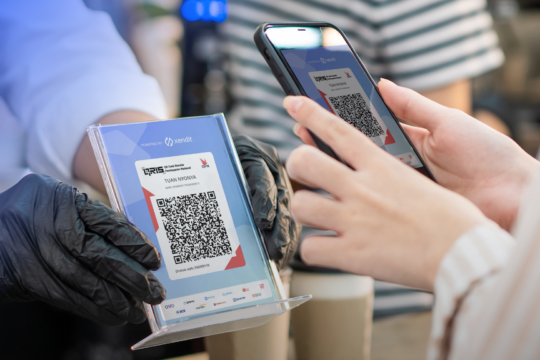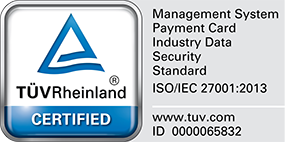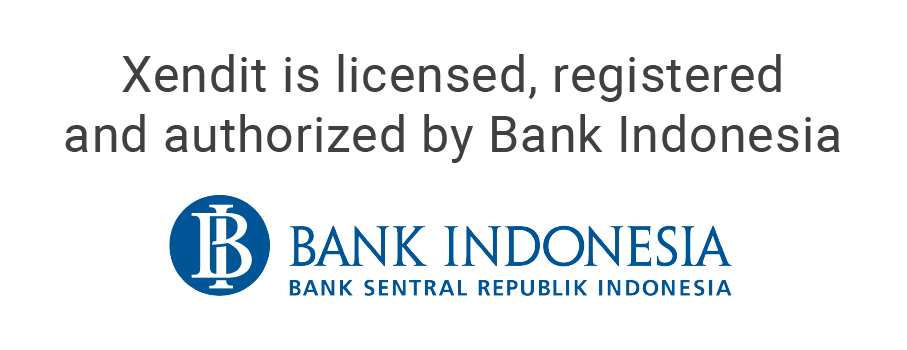
Virtual accounts are temporary accounts that are used to transact on behalf of a real physical account. Think of the virtual accounts as doors into a room, the door can’t store money but it will direct the money into the right room (account). Since each virtual account is unique, receiving funds into a specific virtual account makes it easier and faster for businesses to identify who made each transaction. Furthermore, virtual accounts gives businesses the ability to reconcile payments in real time.
Virtual accounts in Indonesia
60-80% of transactions in Indonesia occur via bank transfer. Indonesian banks do not share the identity of who made each transaction so businesses need to reconcile each transaction one by one. The business would need to cross-check the identity of the sender with the account number, as well as ensure that the right amount has been transferred. Furthermore, the process is normally manually performed by the company’s finance and accounting team, which leaves room for human errors, and is costly and time consuming. The process needs to be automated to serve large transactions of volume or help businesses to scale. Since each virtual account is unique, businesses can set the payment amount and type of use of each virtual account to automate the identification process.
Types of virtual accounts
Virtual Account Number Allocation:
- Fixed: Virtual account number is uniquely defined by the customer. For example, e-Wallets (OVO, Dana, LinkAja, etc.) use the user’s mobile phone number as a fixed virtual account number that makes multiple top-ups easier. This way, the user can transfer any amount (typically above a minimum) to the virtual account to top up their e-Wallet balance.

- Non-fixed: Virtual account number is randomly assigned and this is typically used for one off payments on e-commerce sites. When a customer wants to make a payment through a virtual account, they would select their specific bank virtual account option and be assigned a virtual account number to transfer to. Xendit’s invoices use non-fixed virtual accounts so that it is easier to reconcile transaction data.
Payment amount:
- Open: The virtual account can receive any amount, as with e-Wallets, you can pay into virtual accounts with any amount you want. The virtual account set by the user’s account number can receive any amount (typically above a specific amount).
- Closed: Only a specified amount (down to the last digit) can be accepted by the virtual account, commonly used in e-commerce payments. E-commerce can easily identify transactions are as complete when an exact amount is transferred into the virtual account for the transaction.
Type of use:
- Single: The virtual account will expire after a single transaction (one time use), useful for one-off e-commerce transactions. The e-commerce site will set an amount for the virtual account to receive and the virtual account will expire after funds are transferred into it.
- Multiple: Useful for installments, the virtual account can be paid multiple times as long as it has not expired. Another use case is how e-Wallet virtual accounts are reusable so that the user can transfer amounts to the same virtual account assigned to the user’s phone number.
How do I set up a virtual account?
Depending on the use case, you would most probably need to visit your bank, fill up forms and wait for a few weeks until the bank has done due-diligence on your business before setting up virtual accounts with them. At Xendit, we’ll cut this process down to a few minutes — all you need to do is click settings on your Xendit dashboard > click go live > fill out your preferences and you’re ready to go! Contact us to get started.












